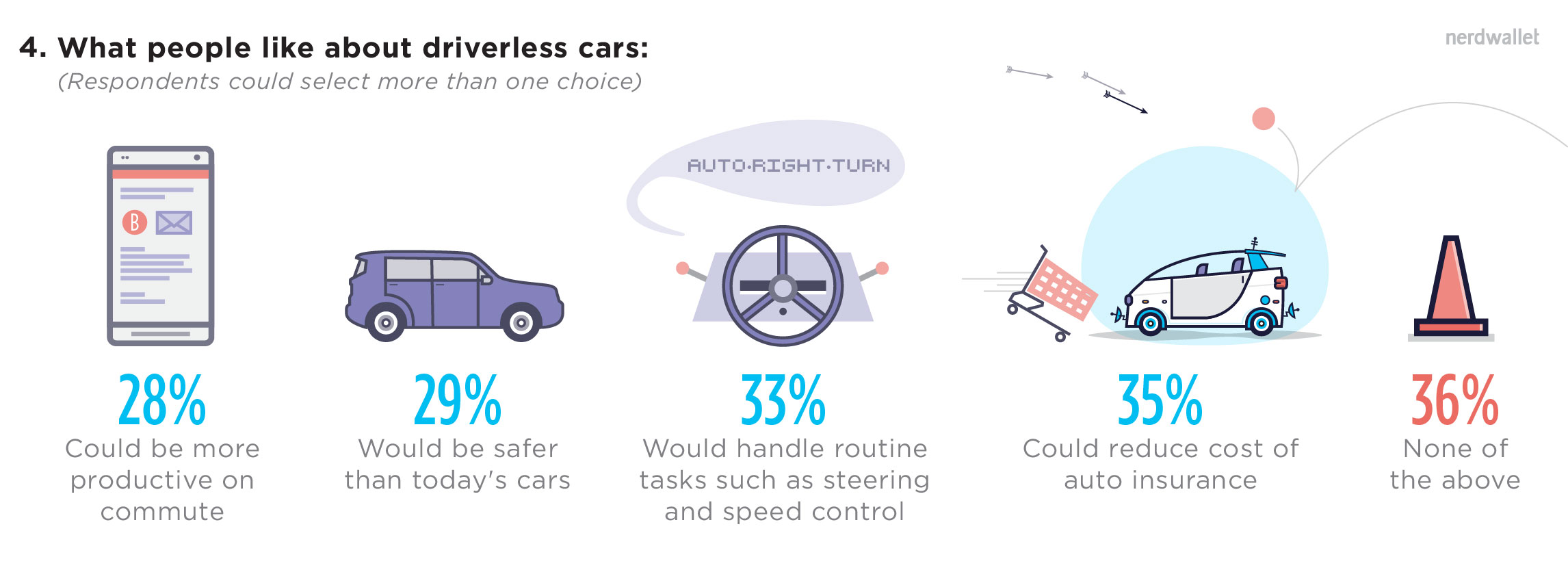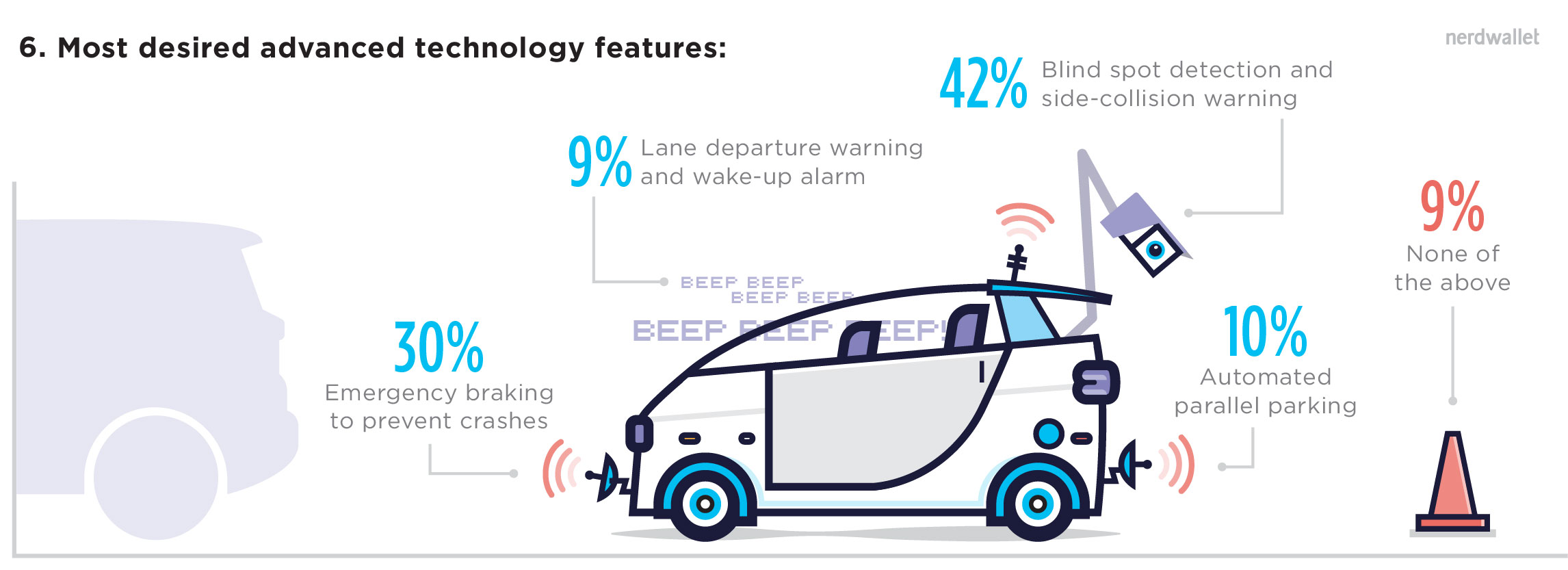For 3,500 or more years, mankind has been searching for the mythological elixir of life, the Fountain of Youth, the philosopher's stone, pool of nectar, etc. that will defeat aging and extend life, if not achieve immortality.
According to Wiki, "The elixir of life, also known as the elixir of immortality and sometimes equated with the philosopher's stone, is a mythical potion that, when drunk from a certain cup at a certain time, supposedly grants the drinker eternal life and/or eternal youth."
All around the globe from 400 BC on, alchemists from India to China to Europe were seeking the elixir of life. Many thought gold was an essential ingredient.
The Fountain of Youth, also known as the water of life, was part of the search for the elixir of life. That search was in full throttle during the crusades and was carried to the New World by Spanish explorers, the most famous of whom was Ponce de Leon in the 1500s. Even the Mayans had legends about waters of eternal youth.
The search for the elixir of life didn't end there.
In the 19th century in the U.S., many believed that bathing in special springs had healing powers. During that era, people flocked to eureka springs, hot springs, healing springs and many, many more. So-called healing spas are still very popular today.
"Snake oil" salesmen were peddling various cure-alls into the 20th century. A search on the Internet will reveal a large number of "promising" balms and salves, some of which actually worked for minor scrapes and burns.
If you're over 60 or so, you may recall Carter's Little Liver Pills. They were advertised to treat biliousness and other ailments. The FTC made the company drop the word "liver" from the name. Carter's Little Pills are still sold, but as a laxative.
If you watched the Lawrence Welk show, you saw ads for Serutan, which is "natures" spelled backward. It’s a "vegetable hydrogel."
Today, the search for an elixir of life, by various names, is still in high gear, and salesmen abound.
People still pursue the same goal of longer and healthier lives through a mix of vitamins, supplements, wellness, incentives, education, exams, tests, etc. that will push the time of their death out a few years.
But, alas, the human body and its organs simply wear out over time. No insurance plan, wellness plan, patient education program or prevention combination can defeat the inevitable. As we age, our bodies just wear out. For example, the reason brain aneurysms and strokes occur in the elderly is that blood vessels get thinner and more fragile with age. The same applies to other vascular diseases. Joint diseases are common as we age. Why? Joints just wear out over time. Dementia is usually related to aging. The list goes on and on.
According to NIH data, all cancer rates begin to skyrocket at about age 65. That is partially the effect of age-related diminishing immune systems. Our immune systems wear out as we age.
Companies are paying huge dollars to elixir of life promoters today, when all the facts show the elixirs just doesn’t work as advertised. Such companies’ intentions are good, even noble, but doomed to fail. Lesson: Whatever you seek, someone will find a way to sell it to you.
We are all going to have a mortal illness someday unless we die sooner from something like an auto accident. My grandfather died at age 99. Every organ in his body was failing. His kidneys were failing, as were his vascular system, his brain and his liver. Why? He simply outlived his body. I've known a number of good people who died a miserable death after years in nursing homes. I wouldn't wish that on my worst enemy.
Another factor driving up costs in the U.S. has been the creation of the emergency phone number system -- dialing 911 and having a life-saving trained team show up at your door in a few minutes. The 911 system saves live, no doubt, but there have been unintended health cost consequences.
If one survives a heart attack, the average cost is about $250,000. Because of the 911 phone system, some 80-year-olds are surviving three heart attacks in nine months just to die from the fourth one, adding $750,000 of cost to their last 12 months. Now, healthcare providers are even putting ventricular assist devices in people like that to keep them alive for one more day. The cost for that procedure alone is $900,000.
I'm not making a comment on the morality of deferring an elderly person's death for nine months at a cost of $750,000 to $2 million. But we need to have an adult conversation in America about how we are going to pay for all this. By any measurement, Medicare and Social Security are both totally unsustainable unless huge changes are made that will affect everyone. Beware of proposed changes that promote intergenerational rivalries.
This chart shows death rates by age). When people hit about age 50, the death and sickness rates begin to skyrocket.
This chart shows leading causes of death. See the strong correlation to aging and heart disease. People are simply outliving their hearts and blood vessels. In 1900, people rarely died of heart disease because they didn't live long enough to develop chronic conditions. Most of the chronic diseases we worry about are simply a consequence of aging. They are irreversible. As with the Hydra of Greek mythology, if you defeat one chronic condition, three others will pop up.
The third chart shows health spending by age; again, disease correlates to aging. That will always be the case until someone comes up with a way to prevent aging or finds an "elixir of life." That chart also illustrates the massive, wasteful spending on end-of-life care in the U.S. compared with peer countries.
People born in the U.S. today can expect to die along a bell curve centering on age 80. If we all do everything we can possibly do to be healthier for all of our lives, there will be slightly fewer deaths around ages 78 or 79. (A great source of information on this topic is Nortin Hadler’s The Last Well Person: How to Stay Well Despite the Health-Care System.)
In any case, if you are able to add a year to your life it will, obviously, be added to the end. For most people, that will mean another year in a nursing home, in assisted living or as an invalid at home. (For a Washington Post article on just how nasty nursing homes can be, click here. Again, I would not wish that on my worst enemy.) People sometimes tell me about someone who was more or less healthy and independent at age 90. For every person like that there are a hundred in nursing homes or dementia units.
Most people retiring today don't have enough in savings to support themselves for more than a few years, let alone enough to pay for assisted living or nursing homes when they are elderly and frail. Medicaid nursing home budgets are likewise unsustainable. Don't count on that. For many people, living a year or two longer will simply mean being a burden to your children for another year or two, both financially and emotionally.
What about your children's lives? Do you really want them to have to look after you well into their 60s? At that age, they should be concentrating on their own welfare.
As people age into their 80s and 90s, many become demanding in an irrational way. Some people aged 55 and up are relieved when their elderly parents pass away, but often with feelings of guilt. Most people have witnessed this in their own families.
Someday, researchers may discover a way to delay the effects of aging. Personally, I believe such is the province of science fiction. If aging is ever reversed, God help us. That would be very destructive to mankind.
Imagine our world populated by a billion or more centenarians. Imagine a nation with an average age of 65. Imagine yourself at age 90 with a 120-year-old parent or two. Who will look after whom? Will 70-year-old children or their 45-year-old children be able to look after and support such parents, grandparents and great-grandparents? The news from Asia is that many young people are no longer willing to support their centenarian parents or grandparents today, let alone great-grandparents.
What should we all do then? Simple. Spend less time wringing your hands over which illness will get you in the end; rather, make the most of the time you have. Worry will never add a day to your life.
The Romans had a blessing: May you live well and die suddenly.















